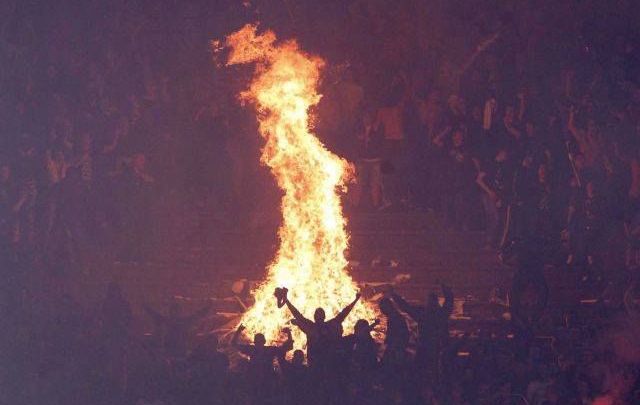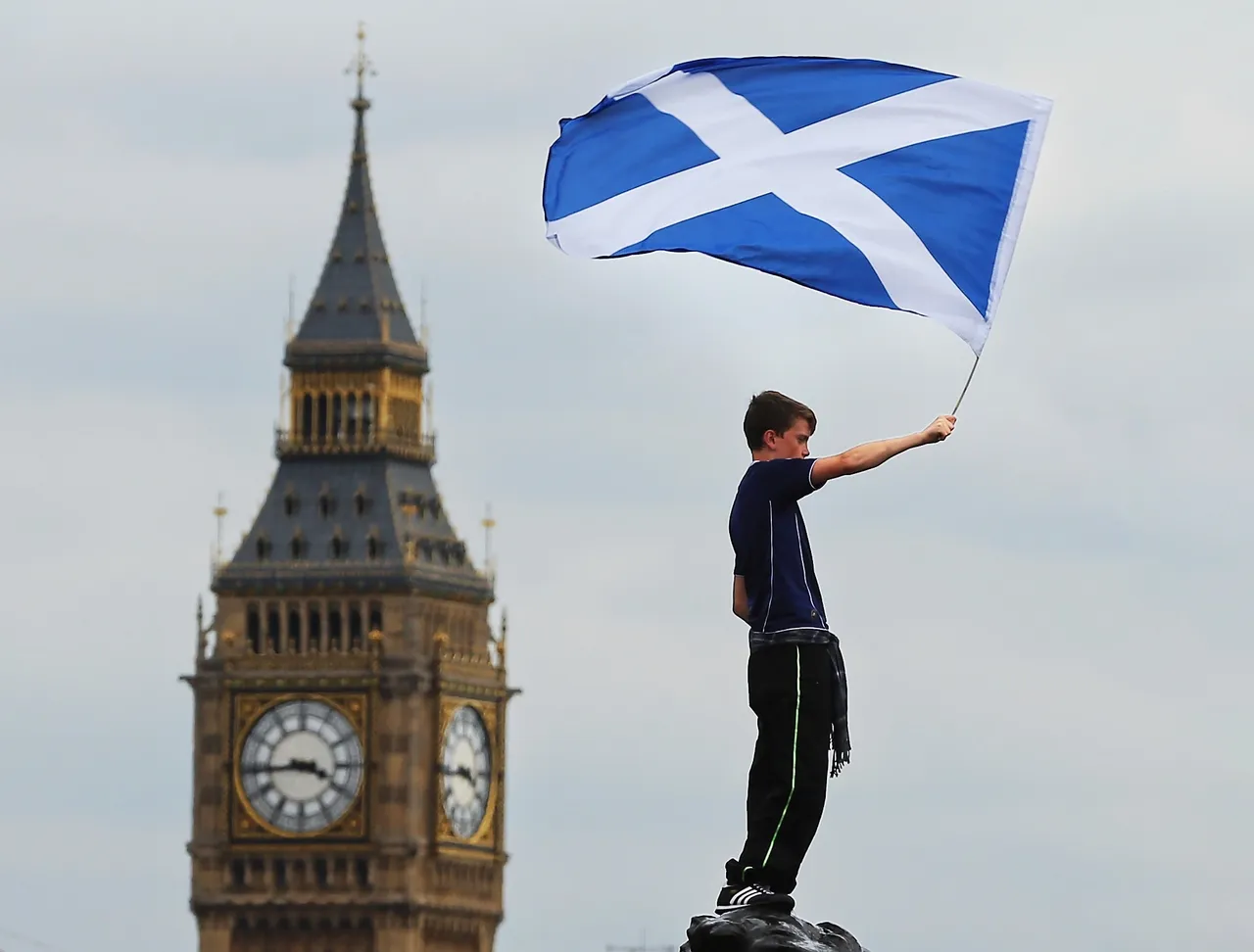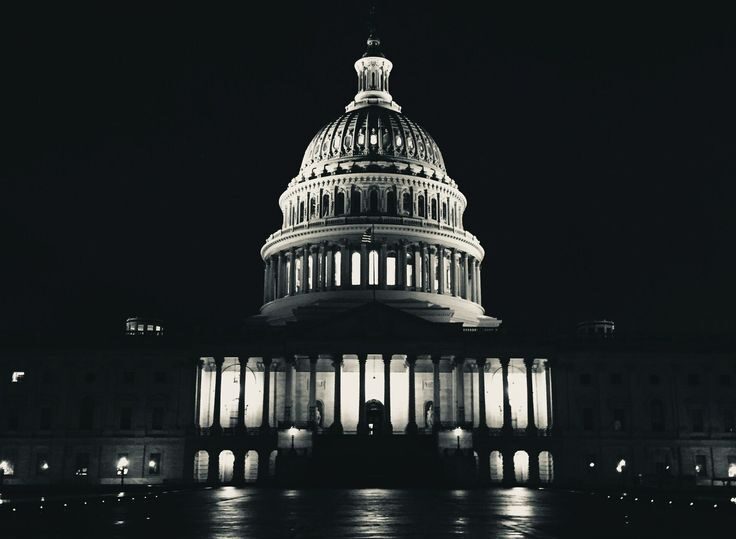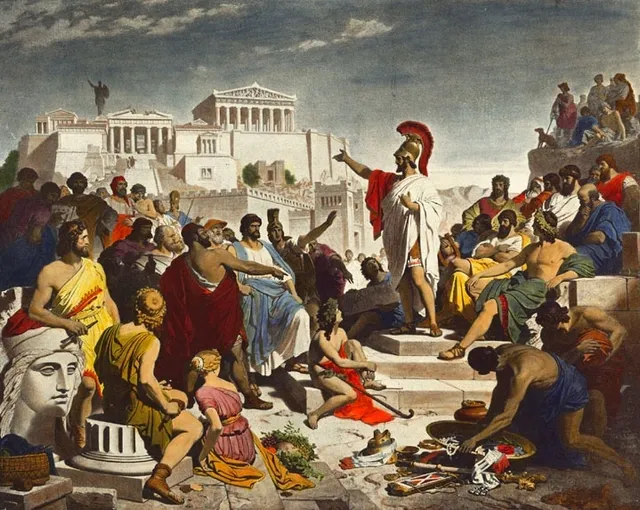Picture this: You are shackled by a chain around your neck that is long enough for you to go anywhere you want. Are you truly free?
No.
Whilst you are shackled, it is impossible to claim to be free. Why are you chained? Who chained you? What stops whoever chained you from replacing your chain with one half the length? Or even a quarter?
The hypothetical may sound bizarre, but we do have these chains around our necks – only they are invisible. Over the past century, Western governments have seemingly extended freedoms to the general population and marginalised groups, through notable legislation in the UK and landmark legal decisions in the US. But the concept of being given “freedom” is incompatible with freedom itself, as the same mechanisms that give you freedom can be used to take it away in an instant.
Take Parliament for example. In 2010, Parliament passed the Equality Act, which protected people in Britain from discrimination based on certain personal characteristics e.g. age, race etc. This should have, in theory, given us more freedom as our rights to expression were protected. However, the principle of Parliamentary Sovereignty makes Parliament the supreme legal authority in the UK which can end or create any law. This means that if enough MPs decided tomorrow, they could repeal the Equality Act and none of those freedoms would be protected. How then, are we free?
Even more so in the US, it is evident that individuals’ freedoms can be taken away as quickly as they are given. Within 50 years, the Supreme Court decision that gave women the right to abortion at a federal level (Roe v Wade) was overturned (Dobbs v Jackson Women’s Health Organisation) and the power to regulate abortions returned to federal and state legislatures. The US Supreme Court’s ability to overturn its own judgments demonstrates how fragile citizens’ rights are, as rights thought secure can be dismantled with a shift in judicial philosophy, political climate or societal pressure. How can individuals claim to be free if their liberties rest on the decisions of a few individuals?
If rights can be revoked or altered, they become privileges granted by authority, not inherent protections.
Governments operate similarly to the chain dilemma at the beginning – granting rights and liberties but only within parameters they control. A chain long enough to allow significant movement might create the illusion of freedom, but the chain still defines the boundary of that freedom. In this sense, we are not free but allowed to exist within a controlled framework. Until the chain is removed entirely, we remain tethered and live under the illusion of freedom rather than its reality.
Liberty and Government: Fire and Water?



